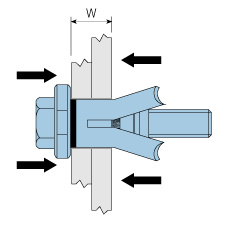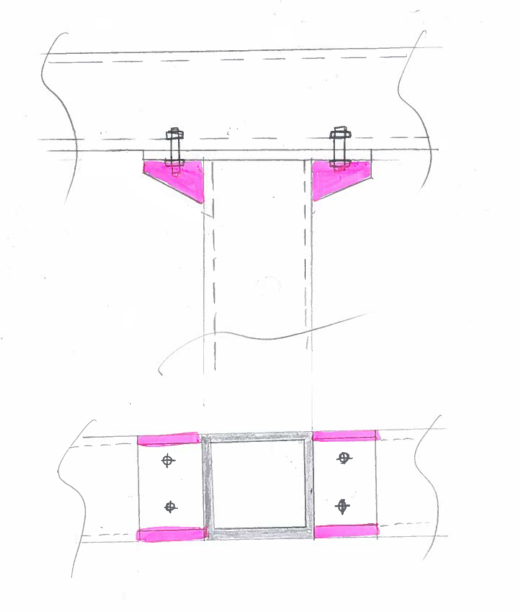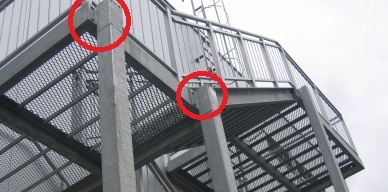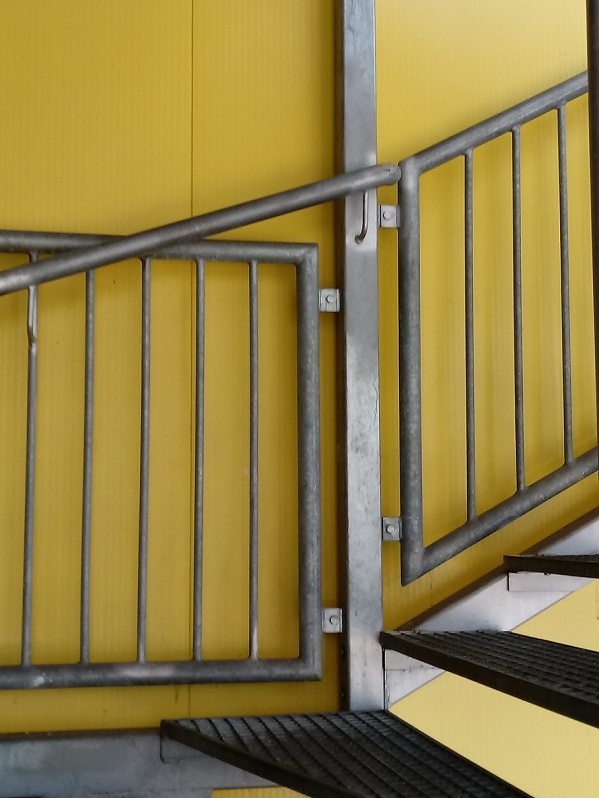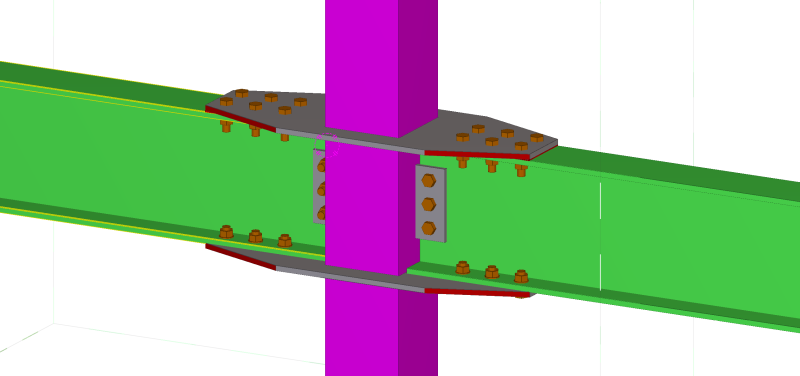This is the 1st time Im designing construction like this. I d like to see some advices and confirmation of my design.
Columns are continuous from bottom to the top. Supports at the bottom are fixed.
Construction is approx. 8 m high. Columns are approx. 2,5 m apart.
BRACING OF CONSTRUCTION:
In Y direction bracing is done by steel diagonals between columns (outer frames). Connections between beams and columns can be pinned (connection C). Inner frames are designed as moment frames.
In X direction I cant design diagonals so the only option I see is to make moment frames. Connections between beams and columns have to be fixed (connection A and B)
Stair beam is also connected to the beam between columns by pinned connection.
What do you think about my connection/design?
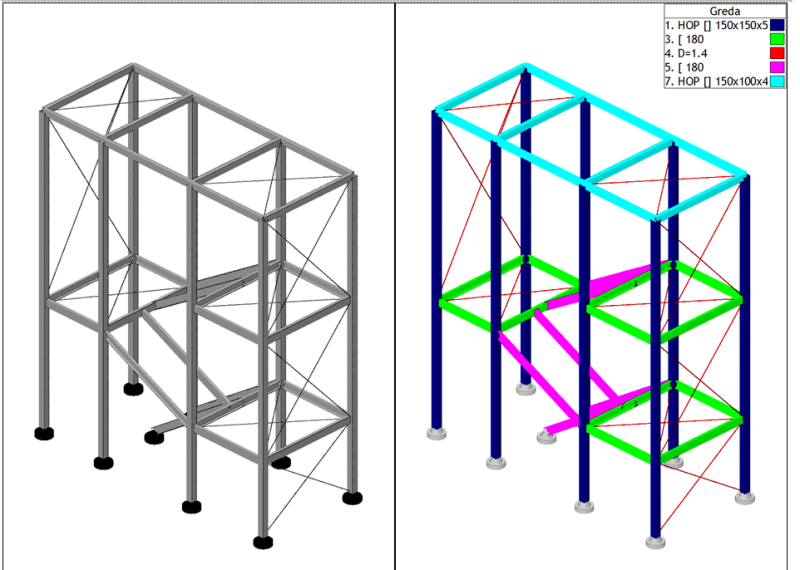
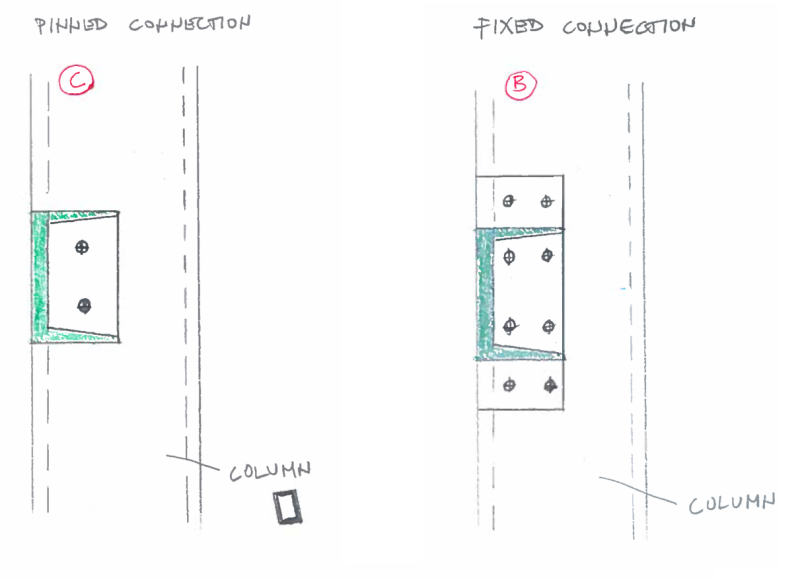
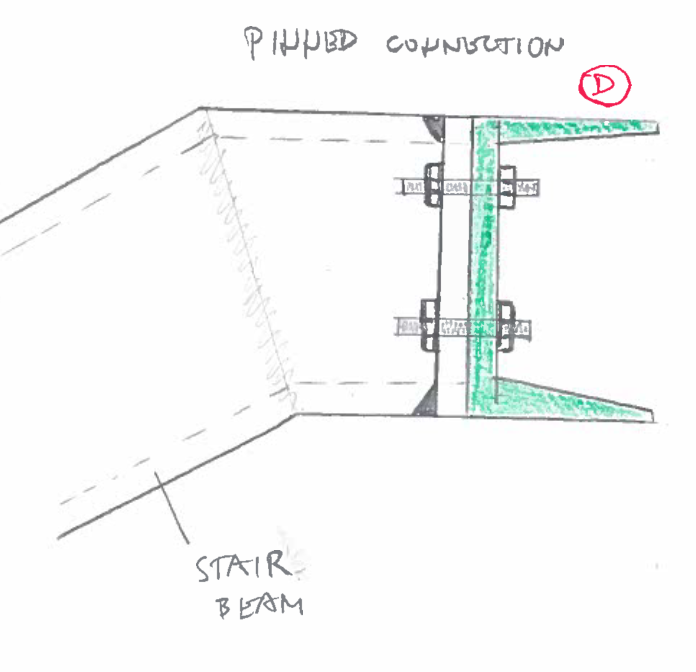
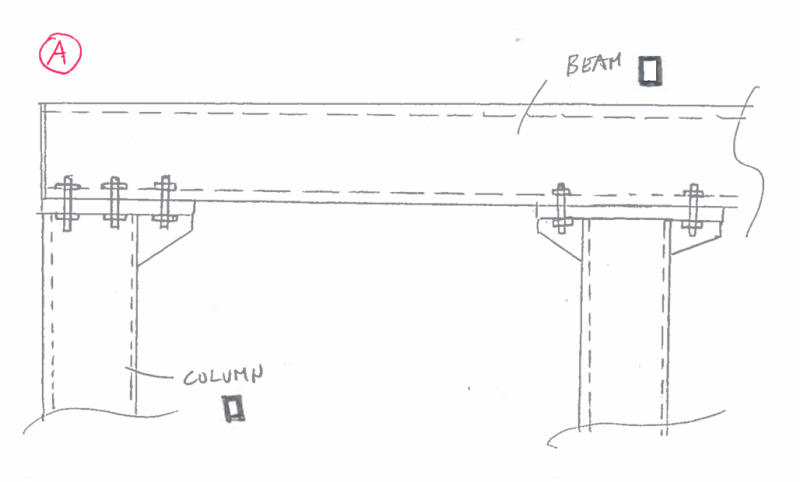
Columns are continuous from bottom to the top. Supports at the bottom are fixed.
Construction is approx. 8 m high. Columns are approx. 2,5 m apart.
BRACING OF CONSTRUCTION:
In Y direction bracing is done by steel diagonals between columns (outer frames). Connections between beams and columns can be pinned (connection C). Inner frames are designed as moment frames.
In X direction I cant design diagonals so the only option I see is to make moment frames. Connections between beams and columns have to be fixed (connection A and B)
Stair beam is also connected to the beam between columns by pinned connection.
What do you think about my connection/design?





